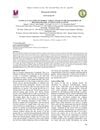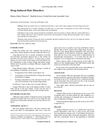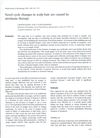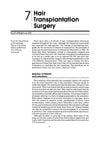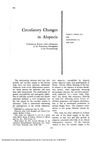Hair Loss and Hirsutism Management
January 2019
TLDR Low-level light therapy, possibly combined with other treatments, may become a leading hair loss treatment, while hirsutism often worsens with age and lacks preventive options.
In the document from 2019, the author, Chang D, discussed various aspects of hair loss (alopecia) and excessive hair growth (hirsutism). Alopecia can affect different parts of the body and may be scarring or non-scarring. Hair growth follows a cycle with three main phases: anagen (growth), catagen (transition), and telogen (resting). Telogen effluvium, a condition of over shedding, can be triggered by various factors such as fever, weight loss, pregnancy, surgery, illness, psychological stress, and certain medications. Light therapy was mentioned as a safe treatment for androgenetic alopecia, with a multicenter trial showing a significant increase in hair density in male patients. A study of 103 males and 122 females with pattern alopecia reported increased terminal hair density using the HairMax LaserComb. Lifestyle changes, such as good scalp care, exercise, stress control, and a healthy diet, were recommended for hair health. Platelet Rich Plasma (PRP) therapy was noted for its effectiveness in small scale studies for stimulating hair growth and reducing hair loss. A 60-week study reported positive results using botulinum toxin for males with androgenic alopecia. For hirsutism, hormonal treatments and medications like spironolactone were discussed, with effects taking 6-12 months and requiring long-term use. The author concluded that low-level light therapy, combined with other treatments like minoxidil and anti-androgens, could become the gold standard for hair loss treatment in the future, while also acknowledging that hirsutism, particularly when genetically predetermined, tends to worsen with age and has no preventive measures.
